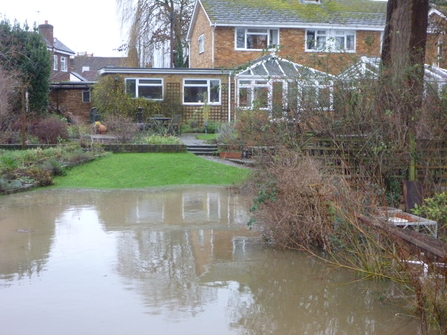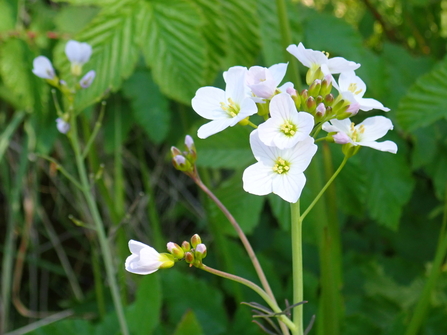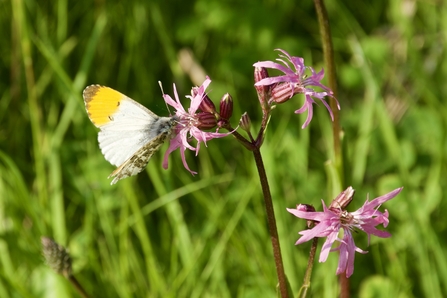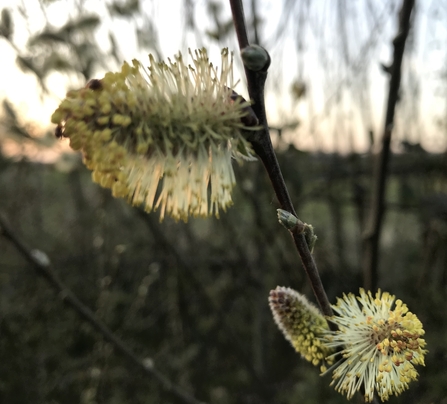If you have a damp or boggy area in your garden, you have a great opportunity to grow some lovely plants that are an excellent source of pollen and nectar for insects.
We live by the River Eden so the bottom of our garden is always a bit waterlogged in winter, but this year was rather extreme! Your garden doesn’t need to get this wet to be able to grow the plants we talk about below.



